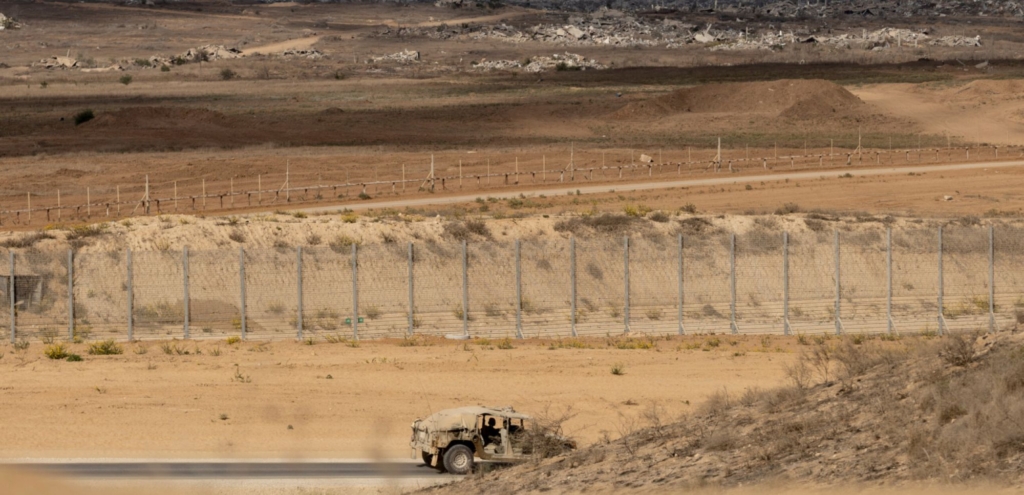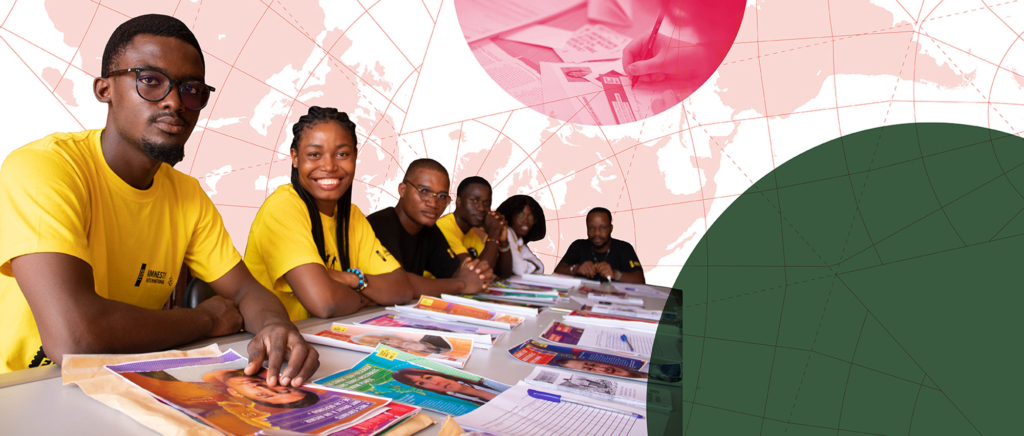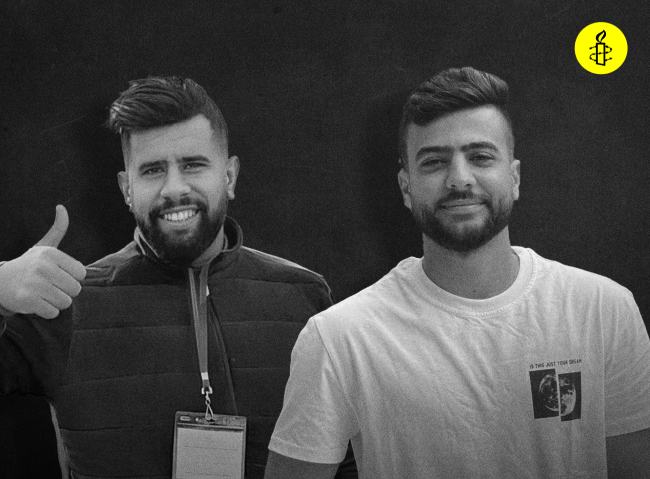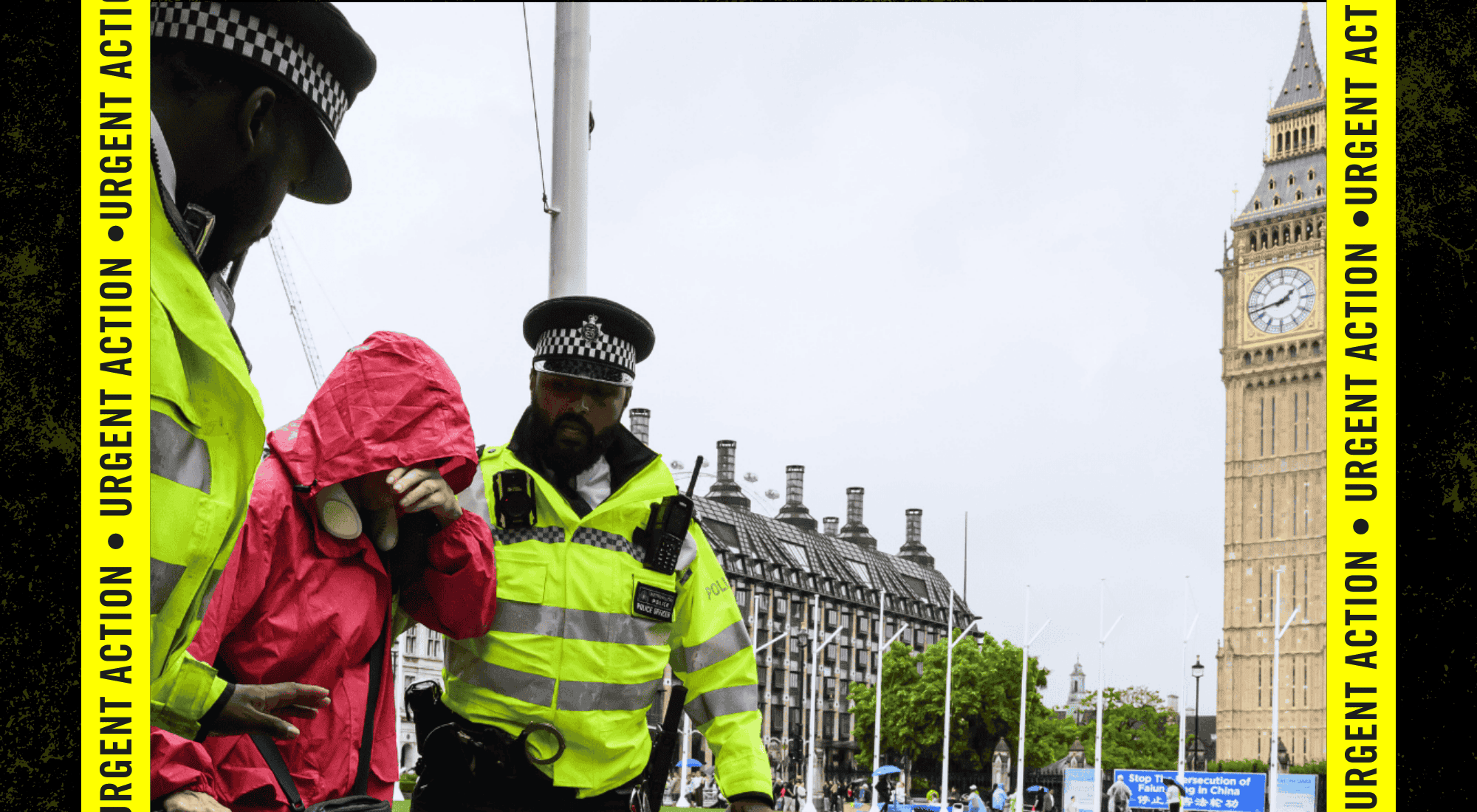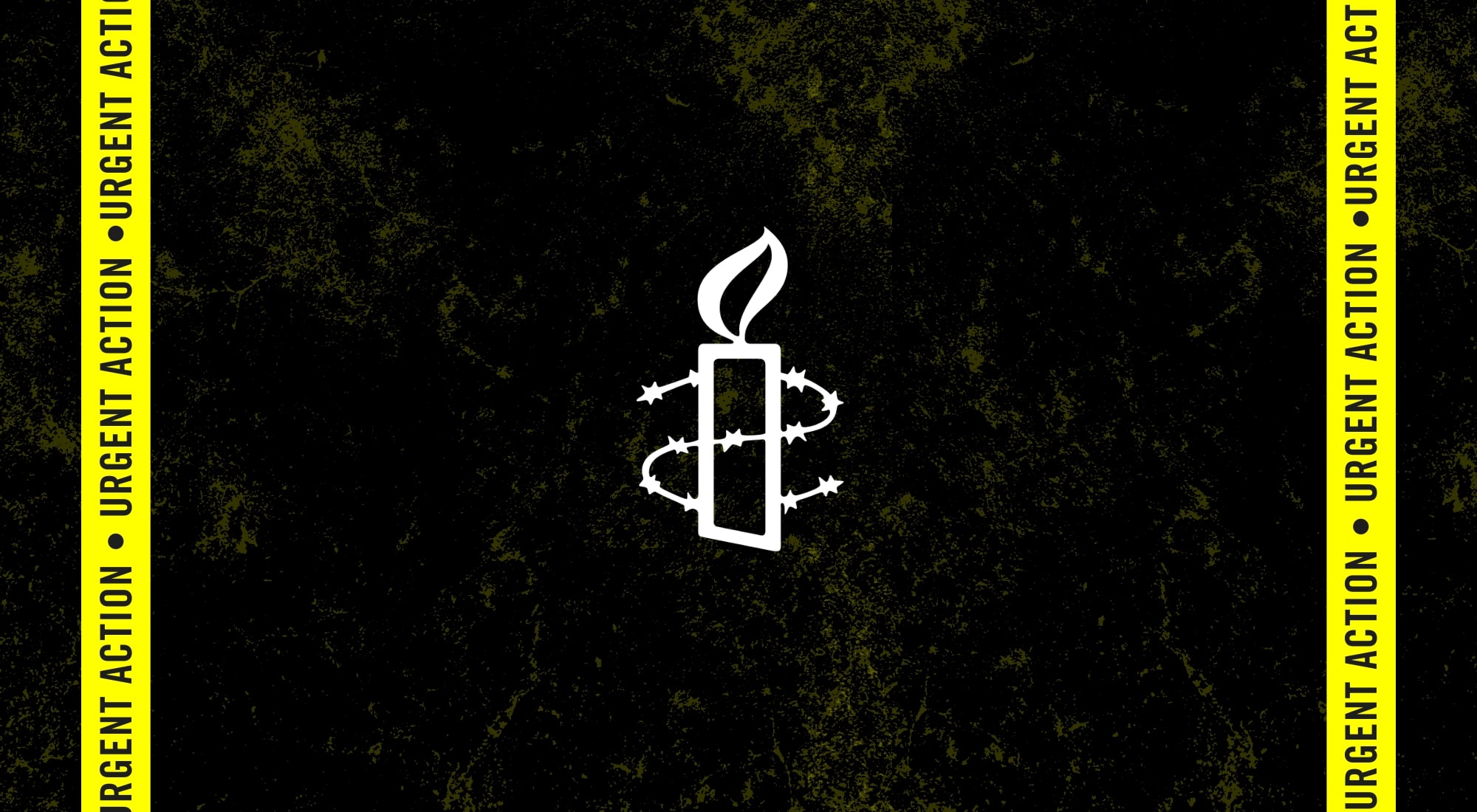Manitoba Hydro states that its operations are “good for Manitobans, good for our environment.” But good for which Manitobans?
Decades of Manitoba Hydro operations in the north of the province are associated with harms to the land, water, and animals, as well as profound adverse impacts on the health, safety, and wellbeing of Indigenous peoples. The impacts include a heightened risk that Indigenous women, girls, and two-spirit people will experience violence.
Amnesty International was invited to provide testimony to the National Inquiry into Missing and Murdered Indigenous Women and Girls on the findings of Out of Sight, Out of Mind, a report which outlines the harmful impacts of resource development on Indigenous women, girls, and two-spirit people in northeast British Columbia (BC).
After testifying, we were approached by advocates from Manitoba who said that everything in Amnesty’s report echoed the experience of Indigenous peoples in northern Manitoba. We were invited by the Manitoba Manitoba Keewatinowi Okimakanak (MKO), an organization representing First Nations in northern Manitoba, and York Factory First Nation, to travel to Manitoba and learn more about the impacts of decades of hydro development in their territories, and in particular, the impacts on Indigenous women, girls, and two-spirit people.
Impacts on land and culture
We met with community members and leaders in York Landing, Thompson, and Winnipeg, and learned about the devastation caused by decades of hydroelectric power development in northern Manitoba. We heard about the eroding land base on which First Nations can practice their culture. Entire communities, including York Factory First Nation, have been relocated because of hydroelectric development. Rising and rapidly changing water levels have led to shoreline erosion, disrupted animal migration patterns, decimated fish spawning grounds, and increased dangers for boaters and people relying on ice roads for winter travel.
Elders spoke about unhealthy animals including fish, and how the inability to harvest medicines and country food has profoundly impacted food sovereignty in rural and remote First Nations. One community member said, “they were recommending we tell the elders not to eat so much fish anymore. We can’t tell elders to limit the amount of fish to eat.” This has led to once-thriving fishing industries closing, which has had profound and far-reaching negative impacts on communities. An elder said, “We’ve been speaking for the land and the animals. It’s out of control. The world is using up our resources in our territories. And it’s going to look like a waste land.”
Decades of violence
Decades of hydroelectric development northern Manitoba has been accompanied by decades of workers coming to the region to build dams. Indigenous women courageously shared with Amnesty their painful stories of working as cooks or housekeepers in labour camps housing workers and experiencing racist, sexist, and homophobic harassment and violence, including sexual violence, committed by industry workers. Some of the incidents happened decades ago. Some of the incidents happened only months prior.
The discussions that Amnesty had with community members covered the decades-long impacts of multiple hydroelectric projects, but front and centre in every discussion were the urgent, pressing and harmful impacts associated with construction of the Keeyask mega-dam currently under construction outside Gillam, Manitoba.
York Factory First Nation, Fox Lake Cree Nation, War Lake First Nation, and Tataskweyak Cree Nation are partners with Manitoba Hydro in the Keeyask Hydropower Limited Partnership to construct the dam. Under the Joint Keeyask Development Agreement, members of all First Nations have opportunities to work on dam construction and in the 2,000 person camp for workers at the project site.
First Nations partners in the project have community members working at Keeyask. Some community members spoke of the promise of job training and meaningful employment. Some felt the project had brought much needed training opportunities, for example, the opportunity for kitchen helpers to be trained as cooks. Many felt the job opportunities were not as substantive or plentiful as they had been led to believe when their communities entered into partnership with Manitoba Hydro.
The common thread throughout all our conversations were concerns about pervasive racism, sexism, and homophobia at the Keeyask project site, which has led to harassment and violence, including sexual violence, and the profound impacts this has had on women who have gone to work in the camp. Many people spoke of frustration that First Nations partners in the project did not appear to have the power to compel changes to promote the health, wellness, and safety of community members working at the project.
Amnesty was told of racist slurs written in mud on walls at the camp, and racist slurs regularly being directed at Indigenous workers, including sexually explicit and racist slurs directed at Indigenous women working in the camp. We heard about Indigenous women being assaulted while serving food to workers, and Indigenous women being sexually assaulted. An Indigenous woman, who had worked at Keeyask, spoke about the “sexual harassment of our women… I always felt unsafe for the housekeepers, caterers, people in the kitchen, the women. I always wondered about the safety of the women, and I do even today. It hasn’t been easy.”
Community members we spoke with did not feel comfortable reporting harassment and violence using the available camp reporting procedures, lacking trust in the process, and fearing reprisals. We heard of situations where people returned to their home community and then reported incidents of harassment and violence to trusted community members, community leaders, and/or law enforcement. Leaving camp before a shift was complete could result in termination; workers were willing to risk termination to return home to report the abuse they experienced in camp. Concern was also expressed about the lack of police presence in the camp despite knowledge of multiple sexual assaults; the nearest police detachment is a 40km drive away in Gillam.
An elder spoke with Amnesty about the specific impacts of previous and current industry labour camps on her community. The elder said, “There was a big camp out of the town. There was a big bar that held 1,000 people. You’d get on a bus and go to the bar and drink and then leave. Of course, they were always after women. It had a really bad impact on the community. There were girls getting raped and everything. And this is happening now. But you know when you’re walking around in your community and there’s men driving around looking for a woman, it’s scary. Grandmothers are talking about their granddaughters coming to Keeyask, and they’re scared and worried. I wouldn’t send my grandchild to work there because it’s not safe.”
The elder summarized that we heard repeatedly from community members about rampant drug and alcohol at the Keeyask labour camp. Amnesty heard about a rise in drug overdoses in nearby communities, and the inability of existing community resources to meet increasing service needs.
Community members also spoke about workers ‘blowing off steam’ in their off hours, including workers going into nearby urban centres, using drugs and alcohol, and committing acts of violence against Indigenous women and girls, including sexual violence.
The overwhelming message from everyone that Amnesty spoke with is that Manitoba Hydro projects are harming their communities, and these harms need to be addressed, and future harms prevented.
The harmful impacts of energy development are well-known
In August 2018, a report released by the Manitoba Clean Environment Commission, a follow-up to a previous cumulative impact study conducted by the provincial government and Manitoba Hydro, described the devastating impact that decades of hydroelectric development have had on First Nations in northern Manitoba, including allegations of sexual assault and other violence by workers brought into the communities to build the dams. Everything that Amnesty heard from community members was consistent with the finds of this report. And everything that Amnesty heard was consistent with our own research in BC.
Amnesty International carried out research in northeast BC on the intersection of gender, Indigenous rights, and energy development, leading to the 2016 release of the report, Out of Sight, Out of Mind. The report documented a pattern of human rights abuses associated with energy development—including oil and gas and hydroelectricity projects—which led to violations of the right to free, prior, and informed consent, dislocation and disconnection with the land which is so vital to sustaining culture, and harms to the physical environment.
These projects also rely on workers from outside the region to meet labour demands. High wages for resource sector workers, and the large numbers of workers attracted to the region, have driven up local prices for essentials such as food and housing. However, not everyone has access to these wages. In fact, women’s wages in the northeast are well below the average for women in Canada. This has created sharp inequalities in the northeast. The consequence is that those without access to resource sector wages—particularly Indigenous women and girls—are forced into economically precarious conditions where they experience food and housing insecurity.
The economic insecurity experienced by many in the northeast is a concern in its own right. In addition, economic insecurity is also associated with increased risk of violence against women. The presence of a very large, young, mostly-male transient workforce adds to this risk, because young men are statistically more likely to be perpetrators of violent crime. These concerns are further compounded by patterns of drug and alcohol abuse among some resource industry workers which can fuel violence. Misogyny and racist attitudes toward Indigenous peoples, largely unaddressed in public life, have also made Indigenous women and girls more likely to be targets of violence.
On top of all these impacts, government statistics show that Indigenous women and girls across Canada face much higher rates of violence than all other women and girls.
Solutions
Numerous studies in Canada and around the world conducted over more than three decades link resource development with factors that can lead to increased levels of gender-based violence. Governments—and crown corporations—have long known about these risks but have failed to address them.
The Manitoba Clean Energy Commission Report, subsequent media coverage, and testimony from community members makes it clear that the harmful impacts of Manitoba Hydro operations on Indigenous women, girls, and two-spirit people, have been ongoing for decades and continue at the Keeyask project site.
Manitoba Hydro has said it is adequately addressing the situation. Yet that’s not what we heard from community members. Manitoba Hydro’s motto should be “good for all Manitobans, good for human rights and the environment.” And the rhetoric should match the lived reality for Indigenous peoples, and in particular Indigenous women, girls, and two-spirit people.
















